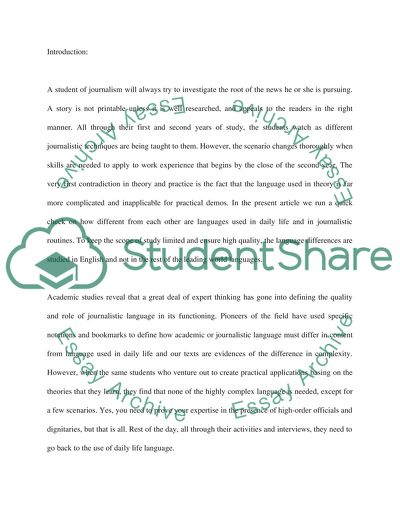Cite this document
(How to Understand and Overcome the Key Differences Between Daily Life Research Paper, n.d.)
How to Understand and Overcome the Key Differences Between Daily Life Research Paper. Retrieved from https://studentshare.org/journalism-communication/1828895-the-difference-between-daily-life-language-and-academic-or-journalistic-language
How to Understand and Overcome the Key Differences Between Daily Life Research Paper. Retrieved from https://studentshare.org/journalism-communication/1828895-the-difference-between-daily-life-language-and-academic-or-journalistic-language
(How to Understand and Overcome the Key Differences Between Daily Life Research Paper)
How to Understand and Overcome the Key Differences Between Daily Life Research Paper. https://studentshare.org/journalism-communication/1828895-the-difference-between-daily-life-language-and-academic-or-journalistic-language.
How to Understand and Overcome the Key Differences Between Daily Life Research Paper. https://studentshare.org/journalism-communication/1828895-the-difference-between-daily-life-language-and-academic-or-journalistic-language.
“How to Understand and Overcome the Key Differences Between Daily Life Research Paper”, n.d. https://studentshare.org/journalism-communication/1828895-the-difference-between-daily-life-language-and-academic-or-journalistic-language.


